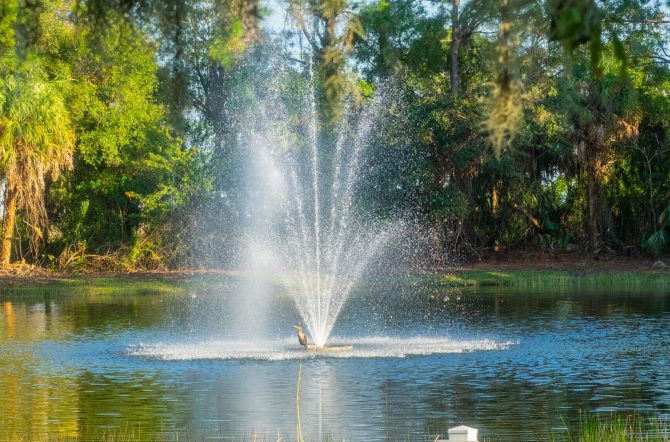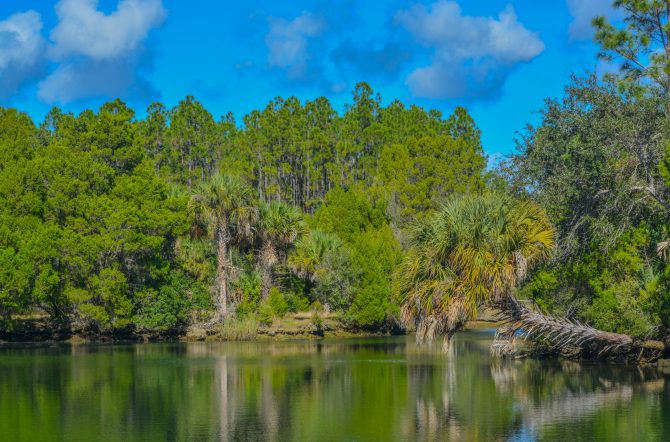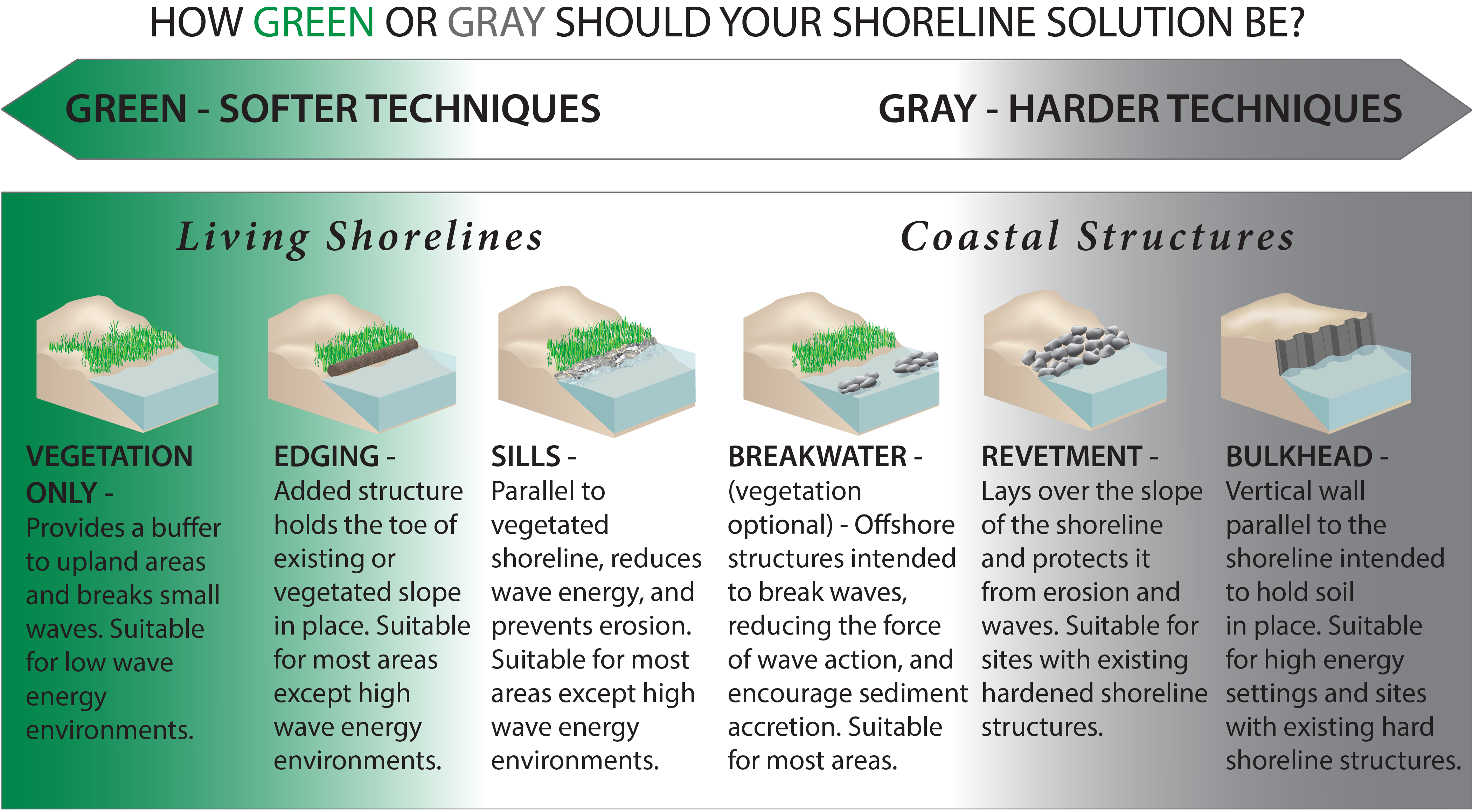Tampa Bay, FL – For more than 10,000 years, a healthy Tampa Bay has been the lifeblood of the region that bears its name. Today, a healthy Tampa Bay supports one in 10 jobs across the region and generates $32.1 billion in economic output, according to a new report, the 2023 Economic Valuation of Tampa Bay, from the Tampa Bay Regional Planning Council (TBRPC) and the Tampa Bay Estuary Program.
“This report makes it clear that a healthy Tampa Bay is vital to the regional economy, and that our economic well-being goes hand-in-hand with the health of the Tampa Bay estuary,” said Woody Brown, Mayor of Largo, Acting Chair of the TBRPC, and Vice Chair of the TBRPC’s Agency on Bay Management (ABM).
“All too often, we don’t recognize the Tampa Bay estuary as a critical economic driver for our region,” adds Barbara Sheen Todd, Chair of the ABM who also served as a Pinellas County Commissioner for nearly 25 years. “Our ability to restore those important natural habitats has made Tampa Bay an international success story, and we must continue to focus on maintaining and improving the environmental integrity of Tampa Bay.”
And the primary economic drivers documented in the new report depend upon a healthy bay, notes Ed Sherwood, Executive Director of the Tampa Bay Estuary Program. “Tourism and marine construction contribute nearly 58% of that $32 billion economic output. If the bay degrades and healthy habitats go away, or we do a poor job of protecting the quality of our environment, then it’s likely we’ll adversely impact those sectors in the future.”
The full report, available online at www.tbrpc.org/valueoftampabay, classifies the economic benefits of the bay in three categories – economic impact, increased property values for homes located near the bay, and ecosystem services.
Economic Output
The Tampa Bay estuary supports 207,068 employees who earn $10.4 billion in personal income annually. Those impacts are categorized by industry sectors:
- Marine construction sector. The single largest employment sector, marine construction, supports 82,772 workers with a payroll of $4.4 billion and annual output of $13.5 billion.
- Tourism and recreation sector. The Tampa Bay estuary attracts five million visitors who fish, boat, kayak and watch wildlife. Economic output listed in this sector only includes tourism and recreational businesses located within the Tampa Bay watershed that are adjacent to the bay or its four major tributaries. (Pinellas County beaches are not located within the Tampa Bay watershed.) The sector employs 47,704 workers with a payroll of $1.6 billion and $4.8 billion in direct output.
- Mineral extraction sector. Bone Valley, the nation’s largest known deposits of phosphate, is centered in the Tampa Bay watershed. Other mineral extraction activities include stone and sand. The sector employs 7,302 workers with a payroll of $568 million and an output of $3.4 billion.
- Living resources sector. Estuaries are biodiverse ecosystems that provide critical habitat for most important commercial and recreational fisheries. Additionally, farms for vegetables, melons and other fruits, along with cattle, and the processing of agricultural and seafood products are included in this sector. Total employment is 23,480, with an annual payroll of $737 million and an output of $2.9 billion.
- Marine transportation sector. Tampa Bay is home to three major ports in Tampa, St. Petersburg and Manatee County. The largest, Port Tampa Bay, ships 33 million tons of cargo and served approximately 12 million passengers aboard 260 cruises. The sector employs 16,926 workers with a payroll of $831 million and an annual output of $2.9 billion.
- Defense sector. Along with MacDill Air Force Base, the U.S. Coast Guard operates two of its largest and busiest stations in Clearwater and St. Petersburg. Together, they employ more than 16,403 personnel with a payroll in excess of $1.3 billion and an output of nearly $2.2 billion.
- Research sector. Many local, regionally, state and federal organizations focus on research, education and coastal innovation for the protection of the Tampa Bay estuary’s natural resources. While the overall research sector is much larger, 8,404 employees with personal incomes totaling $522 million are employed in environmental and ecological research, generating an output of $1.2 billion annually.
- Ship and boat building sector. Since World War I, Tampa Bay has been a hub for shipbuilding for the American military. This sector now includes building and repairing ships, boats and other marine vessels. It supports 4,078 employees with an annual payroll of $258 million and an output of $999 million.
Additionally, the report estimates the value of water used in the production of commodities, including electrical generation and transmission, fruit, vegetable and animal product farming, and mineral extraction, which totals $9.6 billion annually.
Real Estate
Homes located within a quarter-mile radius of Tampa Bay and its four major rivers have an increase in assessed value of about $52,769 each. In total, this effect adds $3.23 billion to the region’s property values.
Ecosystem Services
Using ecosystem services as a measure of value, habitats of the Tampa Bay estuary provide $52.3 million each year in carbon sequestration services and $714.5 million each year in denitrification services. The report also documents a value of $924.4 million in flood protection service based on estimates of ‘avoided damages’ that could occur over a 30-year period for a flood that has a 1% chance of occurrence.
“The Tampa Bay watershed has long been recognized for its rich and diverse habitats that provide ecosystem services and community benefits that enhance our quality of life throughout our region,” said Sean Sullivan, TBRPC Executive Director. “The findings of the report highlight the benefits of the natural resources of the Tampa Bay estuary system, including their significant economic impacts. It is a worthy investment and a critical commitment to keep them healthy and productive for our future generations.”
The full-length and shortened version of the final report is available online at tbrpc.org/valueoftampabay. In addition, the results of the report can be explored using an interactive online dashboard. The data and source code for generating the dashboard are provided on GitHub.




